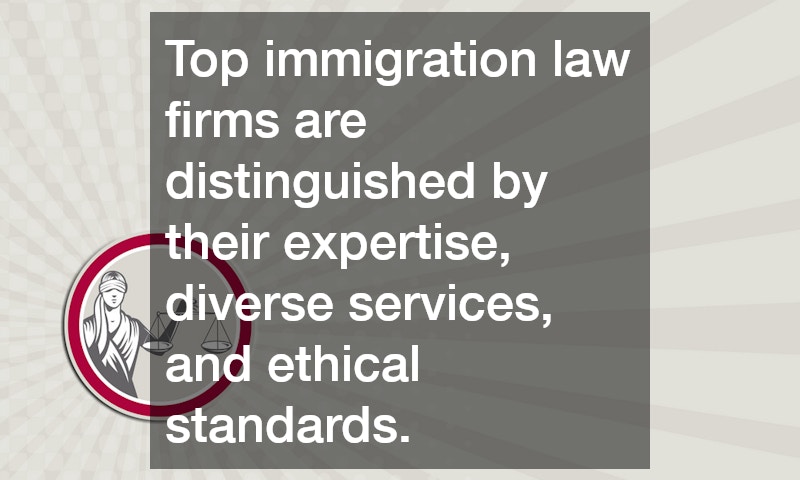In 2019, there was an increase in credit card debt in the US amid rising incomes.
While it’s normal to have credit card debt, it’s essential to be mindful of managing it to avoid late payments and high-interest rates.
For serious situations, hiring a capable collections attorney is a reasonable approach to deal with overly aggressive creditors properly. But before one even arrives at that scenario, below are a few suggestions on how to manage credit card debt better.
Find your bearings
It can be daunting to face the total balance due in your credit statement. While you may feel some pressure to pay off debts right away — especially if payments haven’t been on time— it’s essential to take a strategic and organized approach.
In other words, get a good grasp of your credit card debt situation so you can find the best way to move forward.
First, depending on the number of credit cards you own, figure out how much you owe for each one. Jot down relevant details like the due date and minimum payment amount. Next, get the sum of all the minimum payments you need to make each month.
That will give you a good idea of how much money you need to allocate monthly to avoid being behind on payments.
Start with small steps
It may be reasonable to start paying off the card with the lowest balance — be it $300 or $700. Not only is it an excellent way to build up confidence, but it can also help you make slow progress on getting out of debt.
Allocate most of your monthly payment to this lowest balance. Try paying the total amount due if your income and budget permits. Just make sure you leave enough for the minimum payment for your other cards.
By adopting this low hanging fruit strategy, you have one less credit card to worry about each month.
Try debt consolidation
More often than not, having multiple credit cards with outstanding balances for each can be quite a headache.
If you require a simplified approach, it may make sense to consolidate all credit card debt into a single repayment scheme. So what would usually be three to five different payments would become just one every month.
One way to do this is by acquiring a balance transfer credit card. A card that provides a 0% introductory period is a good option. You can transfer all your debt into this single card account without shelling out extra for interest.
Alternatively, you can also take out a fixed-rate debt consolidation loan. Unlike the first option, you have to pay interest for this. However, the rates for personal loans are generally lower when compared to interest rates for credit cards.
Don’t shy away from creditors

It can be nerve-wracking to meet and discuss with creditors about settling debts. But doing so may allow you to negotiate the terms of repayment.
For instance, you can potentially pay a lower annual percentage rate if you maintain open communication channels and explain your case.
If you have an excellent overall track record with a particular bank, you should take advantage of your good standing. Help creditors see the difficulties you’re experiencing, but at the same time, show genuine intention to fulfill repayment.

